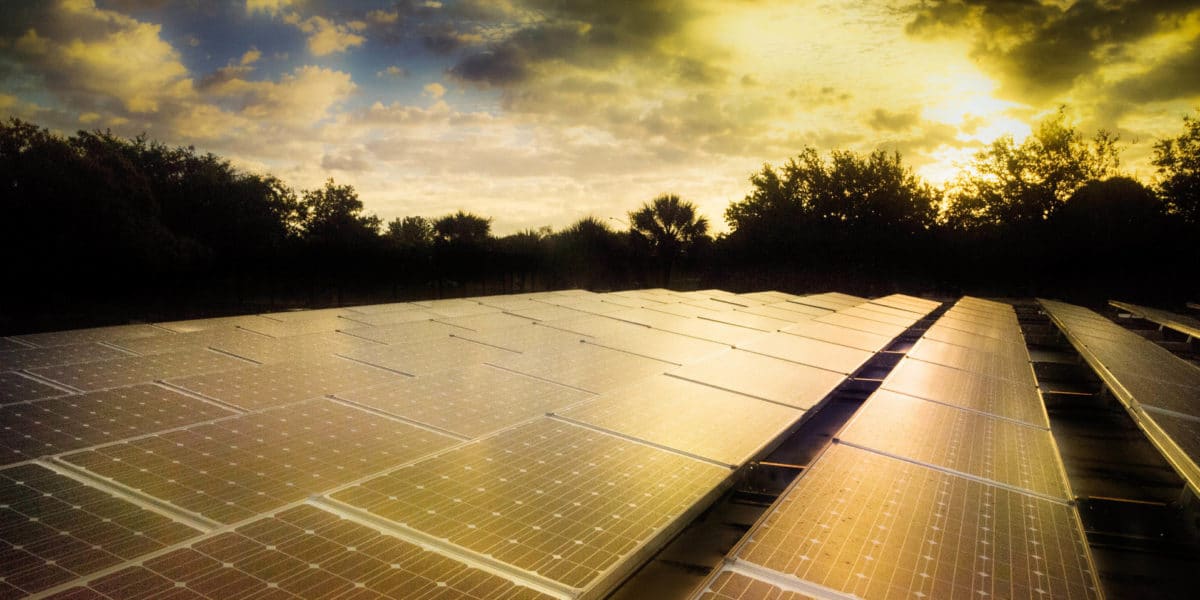New York is on the move.
In the last two years (2017 and 2018 solicitations), the state has awarded $2.9 billion in contracts to 46 land-based wind and solar projects. These projects will generate over 7.1 terawatt hours (TWh) each year, and 2018 awarded bid prices were 23% lower than those awarded in 2017.
Now, for the third time in three years, NYSERDA has opened a request for proposals (RFP) for large-scale renewables that are able to sell 1.5 million renewable energy certificates, each representing 1 megawatt hour of CO2 free electricity, to the state as part of its drive to reach 50% renewable electricity by 2030.
NYSERDA will host a webinar on this solicitation for developers on Thursday, May 2, 2019 at 11:00 a.m. EDT. The full RFP can be found here (pdf) and projects should be in operation by November 30, 2021, but an extension to November 30, 2024 is possible.
NYSERDA reports three new provisions in this years solicitation: 1) construction workers must be paid the New York State Department of Labor applicable prevailing wage, 2) the state will provide bonus points for renewable energy projects that avoid overlap with land of agricultural importance to the state and 3) an encouragement to proposals that cost-effectively pair renewable energy with advanced energy storage technologies.

The RFP gets into the weeds; for instance the above bid price point calculator) into the scoring criteria used to determine viability. The three step process will employ a scoring system comprised of four evaluation components totaling 100 points:
- Incremental economic benefits: 10 points
- Project viability: 10 Points
- Operational flexibility and peak coincidence: 10 Points
- Bid price: 70 Points
The Project Viability process includes the following seven subcategories:
- Site control
- Interconnection
- Permitting
- Project development
- Resource assessment and energy production estimate
- Site character
- Community outreach
In the appendix of the RFP all of the scoring structures are broken down.
There are other limits that will that will be applied to the proposals on a higher level by NYSERDA representatives. The agency has indicated that it may constrain any eligible technology to comprise no more than 80% of the award group on an annual generation basis. It also may constrain any owner or affiliate of an owner so that they comprise no more than 80% of the award group on an annual generation basis. Finally, any specific project owner may be limited to a capacity of no more than five times the renewable capacity of the largest project that the owner has successfully brought to commercial operation in the past.
The 2017 solicitation brought in 22 solar projects (below left image) and the 2018 delivered 16 (right), all ranging from more than 20 MWac up to 170 MWac:
There are still further factors that could influence the choice of projects. These include economic long- and short-term considerations such as the details of operations and maintenance, plant management, long-term project development jobs, new or increased local property tax payments to school districts, cities, towns, or other taxing jurisdictions and payments for land leases.
The state’s press release also mentions that the New York Green Bank is prepared to support 12 project developers and investors with a range of credit products and structures through various project financing stages, including and not limited to:
- Interconnection deposit financing
- Long lead equipment financing
- Construction financing
- Term loans, including subordinated debt to increase tenor and leverage
The bank will host a webinar on May 9, 2019 at 2:00 PM New York time.
This content is protected by copyright and may not be reused. If you want to cooperate with us and would like to reuse some of our content, please contact: editors@pv-magazine.com.











By submitting this form you agree to pv magazine using your data for the purposes of publishing your comment.
Your personal data will only be disclosed or otherwise transmitted to third parties for the purposes of spam filtering or if this is necessary for technical maintenance of the website. Any other transfer to third parties will not take place unless this is justified on the basis of applicable data protection regulations or if pv magazine is legally obliged to do so.
You may revoke this consent at any time with effect for the future, in which case your personal data will be deleted immediately. Otherwise, your data will be deleted if pv magazine has processed your request or the purpose of data storage is fulfilled.
Further information on data privacy can be found in our Data Protection Policy.